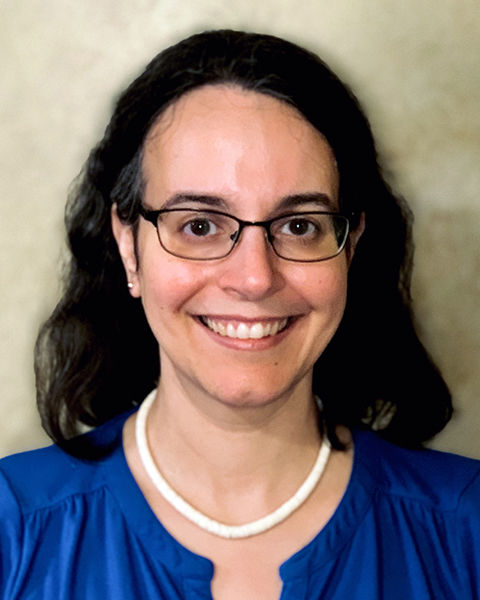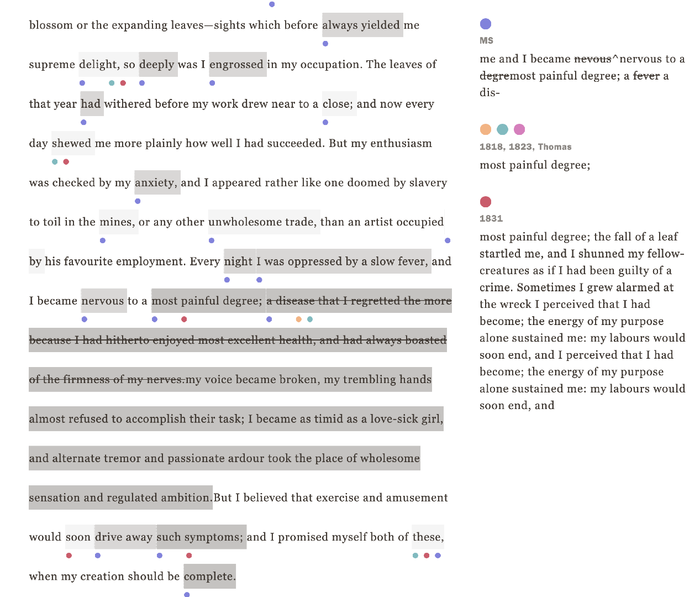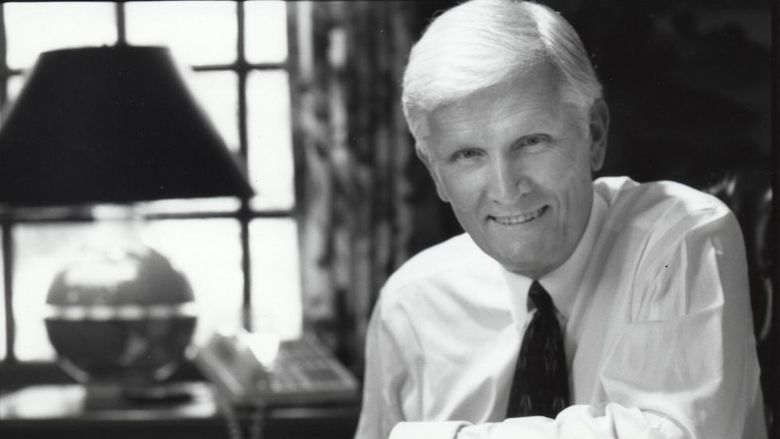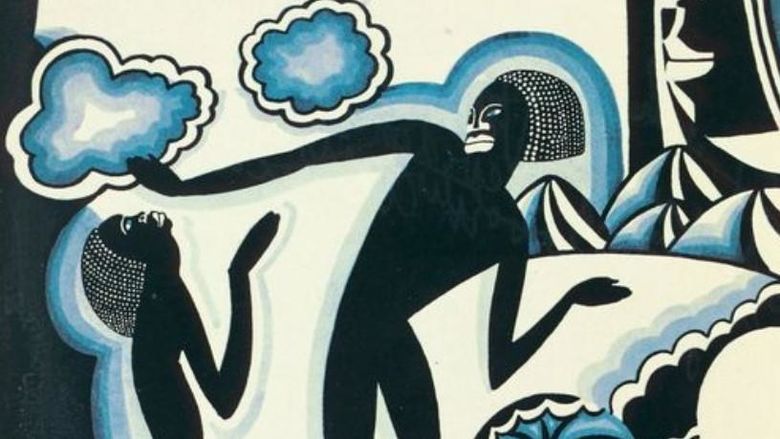
Mary Shelley wrote five versions of "Frankenstein." Her name was not attached to the novel until 1823, five years after it was first published.
ERIE, Pa. — It was late, and raining — a requirement for these stories — when the monster opened its dull yellow eye and reached for Victor Frankenstein.
The scientist had spent two years working toward that moment. “I had deprived myself of rest and health,” he said. “I had desired it with an ardor that far exceeded moderation.” And yet, with the creature breathing before him, he recoiled, horrified by what he had wrought. He fled to his bedchamber.
The story's author, Mary Shelley, who created both Frankenstein and his monster, had the opposite response: She continued to engage with her characters, making substantive changes to her novel, which was first published in 1818. She eventually would produce five versions of "Frankenstein."
“She was reflecting on her past, and her youth, and the radical experimentation of the time,” said Elisa Beshero-Bondar, professor of digital humanities and chair of the Digital Media, Arts, and Technology program at Penn State Behrend. “She continued to work through the idea that, like the people around her, she would be daring, and would revolutionize the way people think. As her feelings about that evolved, her view of the characters she had created changed, too.”
In 2017, Beshero-Bondar joined colleagues at Carnegie Mellon University, the University of Pittsburgh and the University of Maryland in an effort to digitally collate all five versions of “Frankenstein”: Shelley’s original draft, written in 1816 for a ghost story challenge at the home of the poet Lord Byron; the manuscript published in 1818; the “Thomas copy,” in which Shelley had hand-written edits in the margins of the 1818 book; the 1823 version, which was published by Shelley’s father and was the first to recognize her as the author; and the 1831 edition, which is the version most familiar to anyone who read “Frankenstein” in high school or college.
“We wanted it to be part of the ‘Frankenstein’ bicentennial celebration,” Beshero-Bondar said, “but it got quite a bit bigger than that.”
The researchers divided “Frankenstein” into 33 sections — passages with obvious beginnings and endpoints in each manuscript, or that had been omitted from other versions of the book. Beshero-Bondar feeds sections of the different manuscripts into a collation processor, which creates digital code that identifies divergences in the text. That process highlights passages that Shelley revised over a period of 13 years.
In the original manuscript, for example, Frankenstein, reflecting on what he had created, noted that he was “nervous,” and then “nervous to a degree,” and finally “nervous to a painful degree.” That language held until 1831, when Shelley doubled down on her character’s despair: “I became nervous to a most painful degree; the fall of a leaf startled me, and I shunned my fellow creatures as if I had been guilty of a crime.”
Shelley also made significant changes to her characters. In the 1831 edition, for example, Frankenstein’s wife, Elizabeth, who is killed by the monster during the couple’s honeymoon, enters the novel as an orphan. In the 1818 edition, the couple, when they marry, are cousins.
The digital collation and a companion map, which tracks the movement of the characters as well as Shelly’s travels as she wrote and revised “Frankenstein,” will produce a new “spine” for the novel, with clickable branches for each variation in the text. A third of the novel can be viewed now, at the Frankenstein Variorum.
“The variorum will give you a beautiful page-by-page view of the novel,” Beshero-Bondar said. “You will be able to read it in a straightforward way, line by line, or you can survey it visually. You can look at it from a distance and very clearly see how the story changed over the years.”
The ability to browse and compare the different editions could change the way “Frankenstein” is taught, Beshero-Bondar said.
“What if, in a class about ‘Frankenstein,’ we asked students to write not about the plot, or Victor’s feelings of guilt and doubt, but about how the variations change the story as it is being told, and how those changes fork the narrative, and our response to it, in different directions?” she said.
That leads to another of Beshero-Bondar’s big questions, and again “Frankenstein” is a good thematic fit: What if these new digital tools create a different way of reading, converting every book into an electronic “Choose Your Own Adventure”?
“When you write a paper,” she said, “you do this already. You flip back and forth, looking for the relevant passages. We can do this with ‘Frankenstein,” but we can do it with a Stephen King book, too.
“Digital technology allows us to be far more adventurous in the ways we read and view and live in our texts,” she said. “Why aren’t we doing more to explore that?”
Robb Frederick
Director of Strategic Communications, Penn State Behrend







